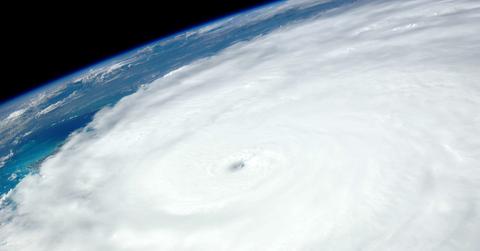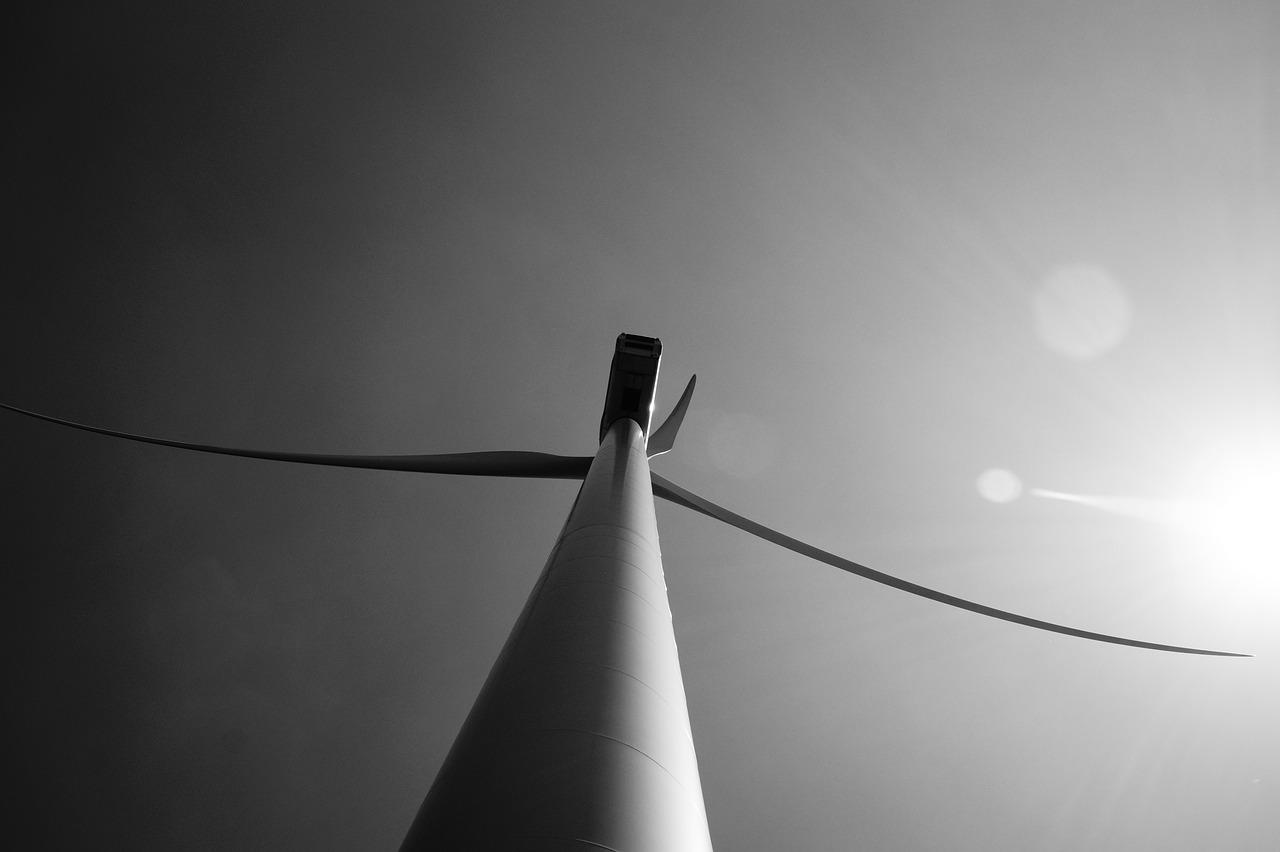Texas Wind Farms Test Their Limits And Survive Hurricane Harvey
Wind farms stood up to the Category 4 hurricane that has flooded Houston and much of the surrounding area in Texas. Most facilities have reported little or no damage and they've all returned to full operation just days after the storm's landfall.
Updated May 17 2019, 8:47 p.m. ET
Hurricane Harvey has devastated those in Houston and other parts of Coastal and Southern Texas. Millions of homes and vehicles have been destroyed and a number of people still have property underwater. In terms of wind farms that had to deal with the hurricane, they ended up faring mostly well with limited issues. It shows that in desperate times, renewable energy could still be there to aid in the cleanup process.
Even a hurricane's highest winds doesn’t generate more power for wind farms. In fact, those high speeds cause turbines to be automatically turned off. Spinning fast damages the infrastructure of the facility and could lead to extremely dangerous situations. When Hurricane Harvey pushed its way onto the United States, many farms turned off to avoid problems like blades falling apart and fires starting up.
Most wind farms are built to make it through hurricanes up to the Category 3 level. Harvey was a category higher, but there weren’t any wind turbines destroyed according to the Southern Alliance For Clean Energy (SACE). As the hurricane made landfall on Friday afternoon, power output went from 95 percent down to 47 percent.
Similar to how utility companies prepared for less sunlight during the eclipse in August, turbines acted as expected and turned themselves off when the threat of danger rose. According to Bloomberg, wind that’s blowing over 55 miles per hour causes turbines to instantly shut down. John Martinez, the director of operations for Pattern Energy Group who oversees the Gulf Wind Farm in Texas, says the facility “sustained maximum production for much of the first 36 hours of the storm.”
As the days went on, more turbines turned back on and ran properly. SACE reported that there weren’t any issues with the turbines itself, but there were some areas of the electrical grid that malfunctioned: “Simply put, many wind farms in coastal Texas weren’t affected by Harvey’s highest-level winds. And the turbines that did experience those extreme conditions, performed as expected and shut down for self-preservation, or when the local grid system failed.”
Papalote Creek Wind Farm, operated by E.ON Climate and Renewables North America, was one of the rare facilities that saw a complete outage. It’s located in San Patricio County and features 196 wind turbines that have a capacity of 380 megawatts, serving around 114,000 homes in the area. Chairman of E.ON, Patrick Woodson, told the Wall Street Journal that the wind farm held up well, but damaged power lines needed repairing.
According to Business Insider, many other wind farms in the area barely received damage. All facilities have resumed at full power by this time, clearly showing that these projects are able to withstand even the highest of winds. It’s one less thing to worry about as many people that fled the area return to pick up the pieces that the storm left.

